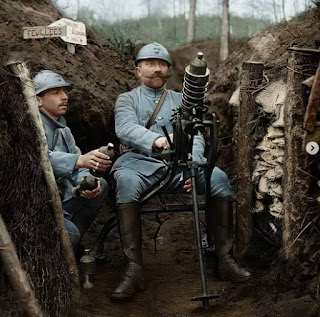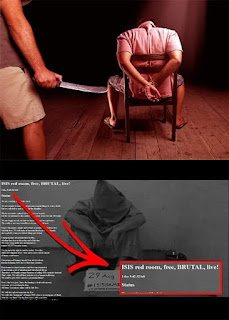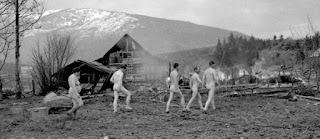French soldiers with a Guidetti grenade launcher in a trench, February 8, 1916
French soldiers with a Guidetti grenade launcher in a trench, February 8, 1916. The Guidetti rifle was a French grenade launcher first developed in 1915, being a mix of an infantry rifle and a trench mortar.
In November 1914, the Western Front had settled into a static trench war and artillery began to play a key role in the war. The French were looking for an artillery weapon that could be used in frontline trenches and that could respond to impressive German “Minenwerfers”.
French captain André Guidetti proposed to combine mobile infantry rifles with a trench mortar in 1915, giving birth to the Guidetti grenade launcher. The gun combined unused French 11mm Gras infantry rifles from 1874 that were unused with a cigarette cannon, allowing it to fire grenades by pulling the trigger of the rifle.
The Guidetti rifle weighed 35kg and therefore used a tripod to lean on the trenches. The angle of the gun could be adjusted from 20° to 70°, but with a screw you could increase the angle. The gun was manned by at least 2 soldiers, one pointing and the other firing the shot.
Three projectiles were produced for the Guidetti rifle, two 77 mm grenades and in 1916 a 65 mm grenade called “Citron-Foug.” They were all produced by arms producer Alexandre Rauch in his small workshop in the French city of Nancy.
The 77 mm grenades had a firing range of 200 m and the 65 mm a range of 450 m, enough range for the proximity of the front trenches. The strong setback after firing a grenade was removed by a spiral spring inside the canyon.
The pomegranates came in boxes of various sizes, such as 24 pomegranates per box and one consisted of a box with at least 28 pomegranates. It seems that after 1916 the Guidetti rifle development was abandoned, however it remained in service until the end of the war.











Comments
Post a Comment